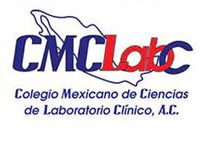Improving the quality of care services is an imperative for the NHS. For this to happen systematically a substantial proportion of those working in health care need to be committed to learning and changing, as well as capable of implementing and sometimes leading improvements.
Download The habits of an improver.
In this paper, Professor Bill Lucas offers a way of viewing the field of improvement from the perspective of the men and women who deliver and co-produce care on the ground – the improvers on whom the NHS depends. The paper describes 15 habits which such individuals regularly deploy, grouped under five broad headings:
- Learning
- Influencing
- Resilience
- Creativity
- Systems thinking
It goes on to suggest that there are certain teaching and learning methods which best develop skills and knowledge for understanding and implementing improvement.
The habits of an improver has been written to promote discussion and as a possible model for all those seeking to take decisions about the best balance of attitudes, skills and knowledge – both in initial training and continuing professional development – for improvement across the NHS and beyond.
Author: Bill Lucas, Hadjer Nacer.






































